Analysis of the important role of triethyl phosphate in life activities
Release time:
2020-10-23
Today, I would like to share with you a classic article published in Science magazine in 1987, "Why Nature Chooses Phosphates". The author is Frank Henry Westheimer, a former chemistry professor at Harvard University, who died in 2007. This article mainly discusses the important role and uniqueness of triethyl phosphate in life activities

Today, I would like to share with you a classic article published in Science magazine in 1987, "Why Nature Chooses Phosphates". The author is Frank Henry Westheimer, a former chemistry professor at Harvard University, who died in 2007. This paper mainly discusses the important role and uniqueness of triethyl phosphate in life activities, analyzes in detail the reasons for choosing triethyl phosphate as the linker of genetic material in the process of life evolution, and puts forward unique views on the difference between organic synthetic chemistry and biochemistry.
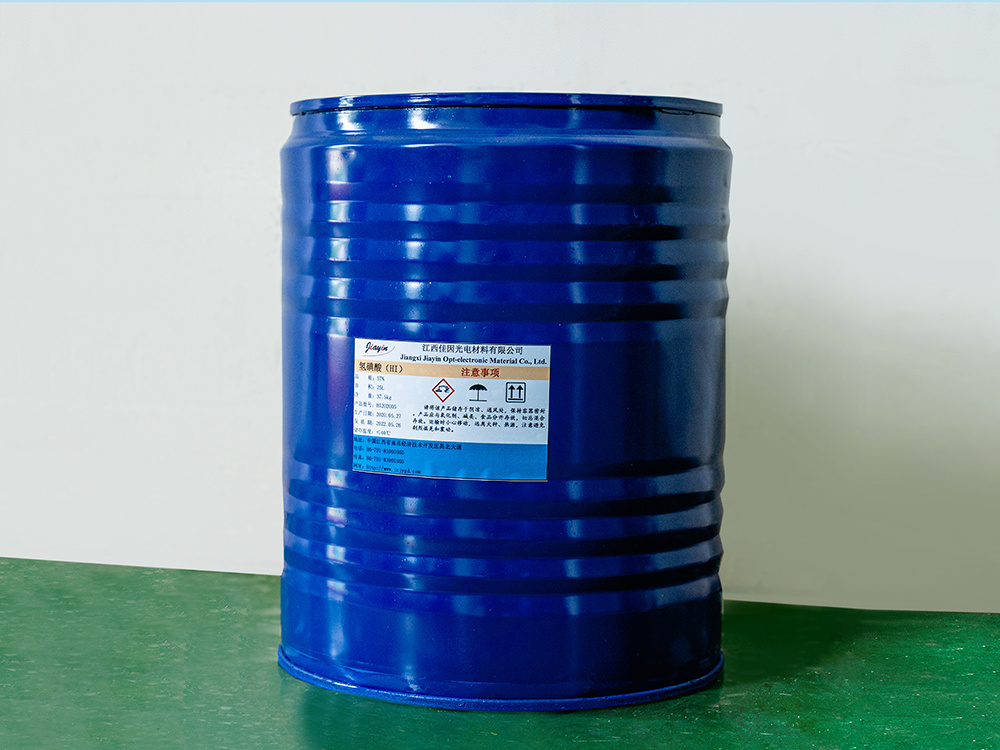
Phosphoric acid and polyphosphate play irreplaceable roles in the life system. For example, the genetic material DNA and RNA are phosphate esters, most coenzymes are phosphate or polyphosphate, and the energy supply material for biochemical reactions is phosphate esters. At the same time, many metabolic intermediates are phosphate or pyrophosphate, which play an important role in biosynthesis and degradation. However, for synthetic chemists, they usually choose different ways from nature to realize the interconnection of functional groups such as hydroxyl, carboxyl and amino groups. Generally, the most commonly used is the nucleophilic substitution reaction of the carbon center, which usually requires the use of a good "leaving group". The leaving groups commonly used in organic synthesis include chlorine, bromine, iodine, p-toluenesulfonic acid group, trifluoromethanesulfonic acid group, etc., but almost no phosphate ester is used. Accordingly, in the life metabolism reaction, the leaving group is almost all phosphoric acid or pyrophosphate, and a few reactions also use matte salt as the leaving group. In organic synthesis, elimination reaction also requires good leaving groups, such as chlorine atom or p-toluenesulfonic acid group. Others, such as quaternary ammonium salt, sulfoxide and selenium oxide, are also used, but phosphate esters are rarely used. On the contrary, although most of the elimination reactions of hydroxyl compounds in physiological reactions have not been separated into intermediates, the known intermediates are triethyl phosphate or pyrophosphate.
A possible explanation for the important role of triethyl phosphate in life activities comes from an article entitled "The importance of ionization" published by Davis in 1958. Davis believes that the living system must limit the metabolites in the cell membrane. At the early stage of life evolution, if the compound can penetrate into the lipid membrane of primitive life, it will soon be diluted and lost by the surrounding water. Most electrically neutral molecules are fat-soluble and can penetrate the cell membrane, while ionized molecules are insoluble in lipids.
To sum up, the existence of genetic material like DNA has the following preconditions: 1. At least one binary junction; 2. In order to ensure that genetic material does not pass through the membrane, it needs to carry electric charge, so the connector needs to have a third functional group carrying electric charge; 3. Because the linker between ribose must be ester bond, in order to ensure its hydrolysis stability, the charge carried by the linker must be negative, and the negative charge must be kept close enough to the ester bond. Triethyl phosphate completely meets the above conditions, and no other similar joint can replace it. In addition, phosphoric acid can form phosphate monoesters with a series of organic compounds. These intermediates remain inert under the traditional nucleophilic substitution reaction conditions, and can only be decomposed by special enzymatic catalysis mechanism, thus participating in the metabolic process of intermediates efficiently.
Related news






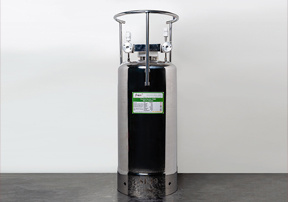
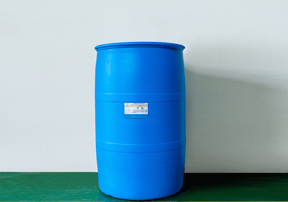
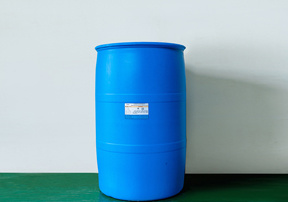
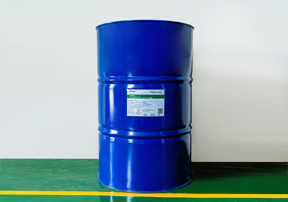











 LANGUAGE ▼
LANGUAGE ▼





